Still in or Totally Out?
The Evolving Definition of Less is More
Remember when minimalism was just a cherished design principle, but as we look to 2025, it is evolving in fascinating ways, not only reflecting aesthetics but also echoing our growing consciousness towards sustainable and functional living? That clean, white-walled aesthetic that dominated Instagram feeds for over a decade is shifting faster than your morning coffee routine. As we step into 2025, minimalism continues to evolve, shaping the way we live, work, and create spaces that support our well-being, and is no longer just about owning less—it’s about living intentionally, focusing on quality over quantity, and embracing simplicity in every aspect of life. Yet somehow, it’s not the sterile museum-like spaces we once knew. Minimalism in 2025 is all about warmth and elevating what’s essential, no longer just about eliminating clutter; it’s about finding beauty in restraint and elevating the things that are important in the space. Think of it like your favorite vintage sweater – it’s still simple, but now it has character and stories woven into every thread.
The Great Marie Kondo Reckoning

Marie Kondo’s first book, The Life-Changing Magic of Tidying Up, published in 2014, spent more than 150 weeks on the New York Times’s best seller list and has sold more than 2 million copies worldwide, and in 2015, she was named one of Time magazine’s 100 Most Influential People and grew even more popular after the January 2019 launch of her Netflix series. But here’s where things get interesting – even the queen of “spark joy” has evolved. Recently, Kondo made headlines yet again when headlines screamed about how she had given up on her tidying up system after having three children, and has recognized this need to change due to the joyful additions to her family, and has adopted a less extreme simplicity. Minimalism champions living with less, but Marie’s tidying method encourages living with items you truly cherish. It’s like watching your strict aunt suddenly let her grandkids eat ice cream for breakfast – sometimes life teaches us that rigid rules aren’t everything. The woman who once insisted on emptying her purse contents daily has basically said “you know what? Life’s messy, and that’s okay.”
Digital Minimalism Takes Center Stage
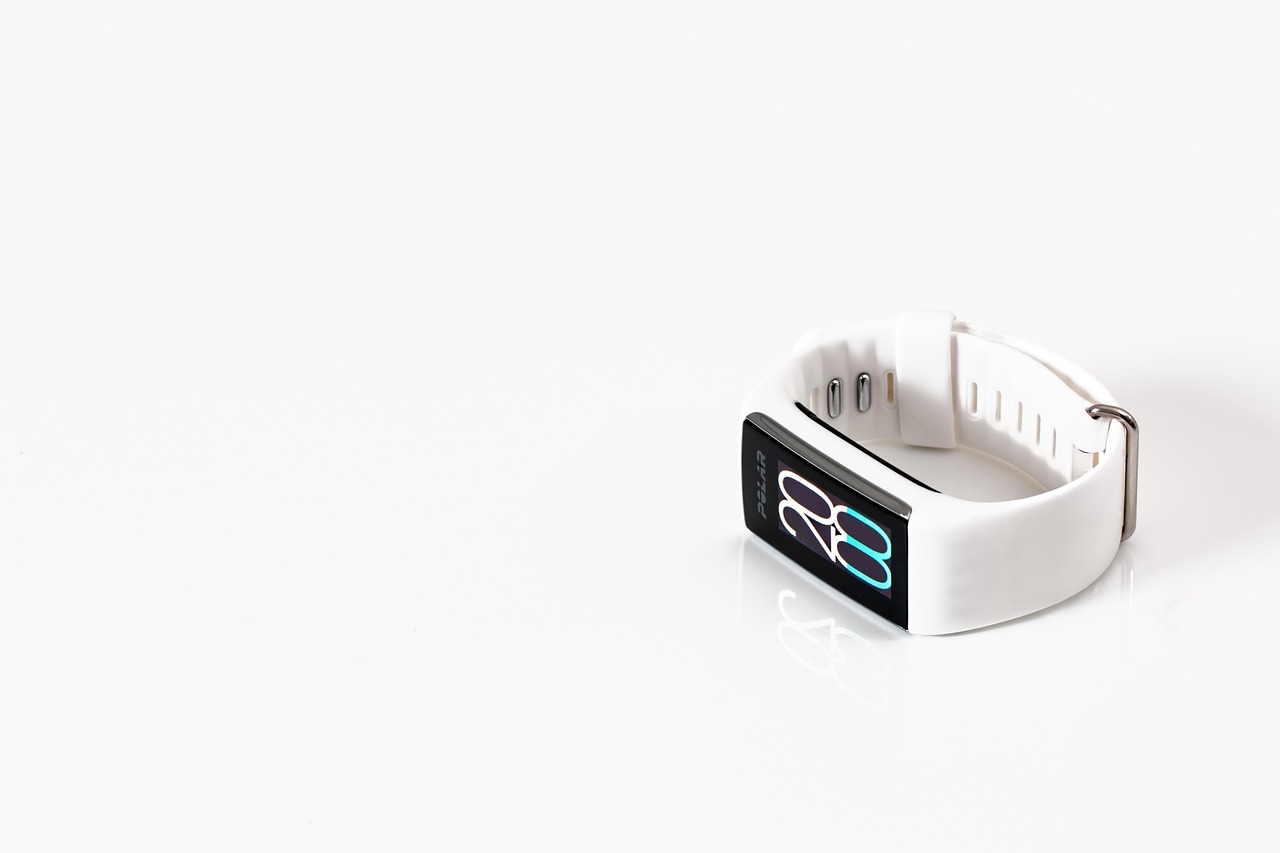
As digital spaces become more integral to our lives, minimalism is moving into the virtual realm, with people seeking ways to declutter their digital lives, focusing on reducing screen time, and in 2025, we’ll see more individuals adopting digital minimalism, prioritizing tools that truly serve their needs and eliminating distractions. Your phone probably has more apps than your grandmother had kitchen gadgets, and most of them are just as useful as that avocado slicer she never used. Digital minimalism involves simplifying app usage and streamlining email inboxes and cloud storage. This isn’t just about having a cleaner home screen – it’s about reclaiming your mental real estate from the constant ping of notifications. Picture this: instead of 247 apps competing for your attention, you have maybe 30 that actually add value to your life. It’s like going from a chaotic farmer’s market to a curated boutique where everything serves a purpose.
The Rise of Personalized Minimalism
Minimalism in 2025 embraces individuality, and instead of one-size-fits-all solutions, people are focusing on what minimalism means to them personally, and this trend reinforces that minimalism is not about deprivation but about intentionality. Gone are the days when minimalism meant owning exactly 37 items and living in a space that looked like a hospital waiting room. This personalized approach could include keeping sentimental items that bring joy, designing spaces that reflect unique lifestyles and preferences, and customizing decluttering strategies to suit personal goals. As people are drawn to more sustainable choices in interior design, they are opting to display decor that is meaningful to them rather than purchasing a ton of items, with people choosing quality and craftsmanship over quantity or mass-produced decor. Think of it as minimalism with personality – like a perfectly tailored suit that fits your exact measurements rather than a generic one-size-fits-all t-shirt.
Maximalism Makes Its Comeback Statement
A design style that ignores the rules, maximalism is making a comeback and has become increasingly popular in interiors today, becoming a far more accessible trend that’s less about opulence and more about creating an eclectic look. For the last decade or so, minimalism has been all the rage among interior designers, however, there’s been a new trend exploding in the interior design world—maximalism. Instead, we’re seeing joyful, bright and personalized styles taking over the design world in 2024. It’s like fashion’s pendulum swing – after years of everyone wearing the same white sneakers, suddenly everyone wants to express their individuality through bold patterns and statement pieces. As the desire for personalized spaces filled with color, texture and unique details grows, homeowners are embracing maximalist, eclectic and vintage home styles, and that translates to mismatched furniture sets, moody paint colors, natural woods and vibrant patterns. The pandemic taught us that our homes needed to be more than just functional – they needed to reflect who we are.
The Birth of Midimalism
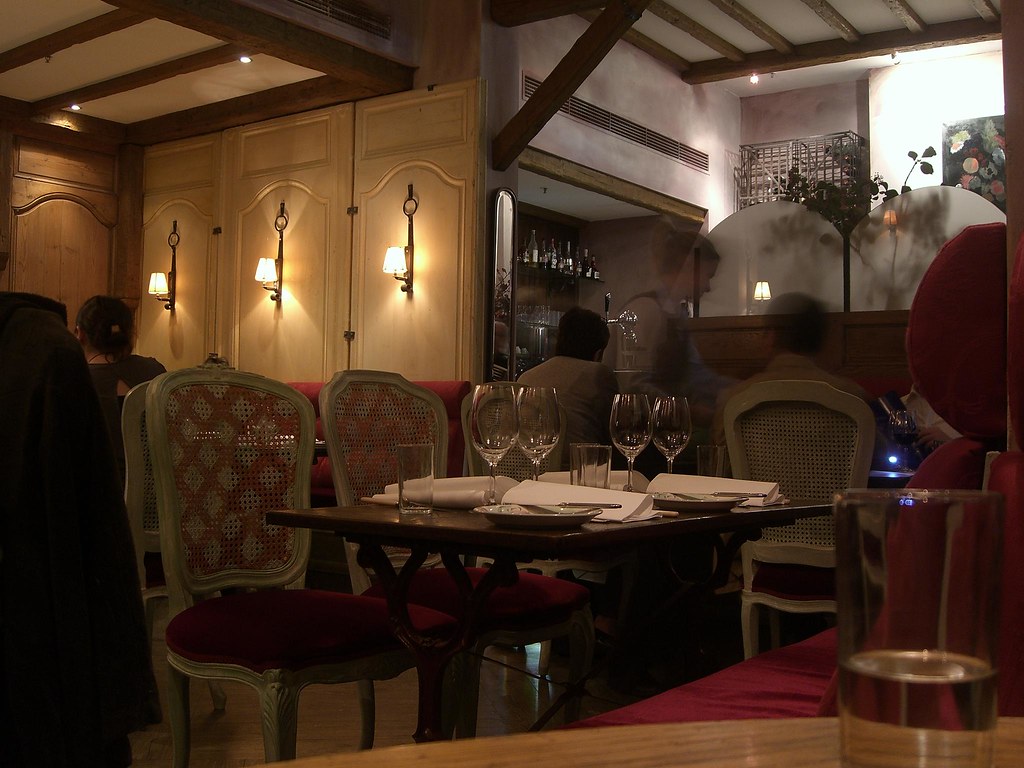
We can anticipate the trend alert: midimalism, and this new approach balances both styles, bringing the simplicity and elegance of minimalism with expressive and bold elements from maximalism, creating spaces that are sophisticated yet full of personality without being overwhelming. Minimal maximalism is emerging as one of 2023’s top design trends, and it’s the middle ground we’ve been seeking for the better part of the last decade, essentially working with clean, neutral or tonal palettes (borrowing from minimalism), then keeping things visually interesting by incorporating ornamental furniture or a variety of textures. Picture it like this: you have a clean, uncluttered space, but instead of stark white walls, you might have one dramatic piece of art or a richly textured throw pillow. An interesting fact about midimalist design is the 60-30-10 rule, which states that 60% of the space should be filled with the primary color, 30% with a secondary color, and 10% with an accent color that highlights the overall environment, and this balanced approach helps create a harmonious and visually appealing composition. It’s minimalism that went to art school and learned how to have a little fun.
Sustainability Meets Simplicity
As we become more eco-conscious, sustainable minimalism is taking center stage, with eco-friendly materials like reclaimed wood, bamboo, and recycled metals becoming the norm, and these materials are not only beautiful but also help reduce waste and promote environmental sustainability. It is an environmentally friendly lifestyle choice, and a number of environmental benefits can be achieved by minimalism without affecting life negatively, and adoption of minimalism results in the reduction of waste and packaging requirement associated with transportation of goods. Consumerism accounts for up to 60% of greenhouse gas emissions. This isn’t just about buying fewer things – it’s about buying better things that last longer. In 2025, minimalists will pass on the items made with low-quality materials, the ones that won’t last more than a year or two, because minimalism is about doing more with less, and you’re not doing that if you have to buy new every year. Think of it as the difference between fast fashion and that one perfect coat you’ll wear for the next decade – quality wins every time.
The Psychology Behind the Clutter
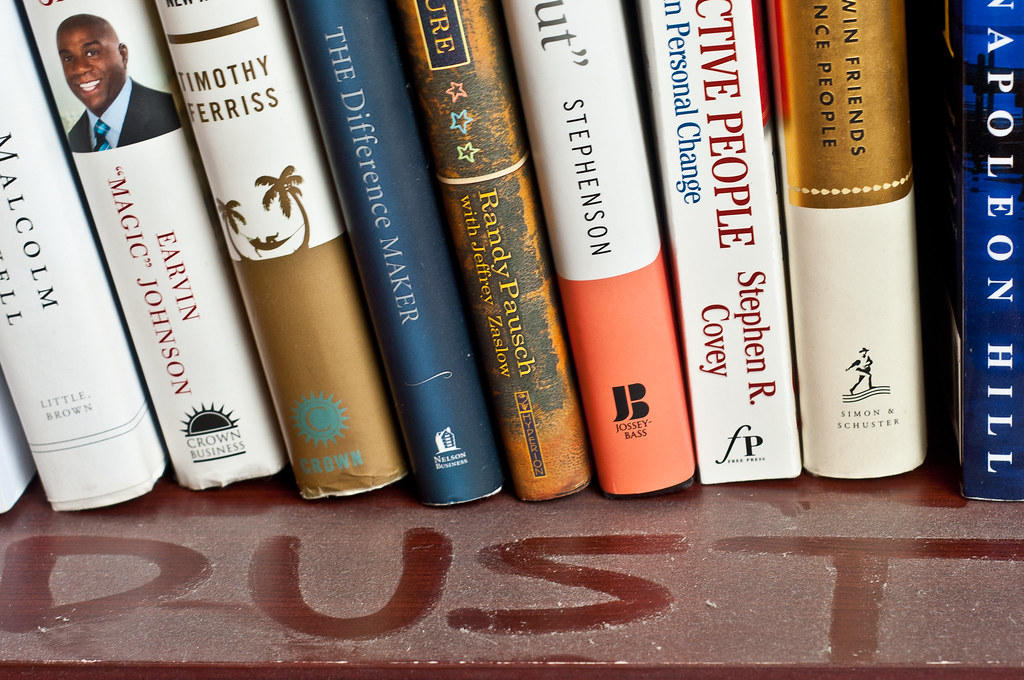
This study has found a positive relationship between minimalism and well-being, with minimalism offering many advantages, including pleasure, satisfaction, well-being, and improved personal relationship, lowering stress and anxiety by decluttering the home, and the decluttering leads to release of positive emotions and saves mental energy which improves the well-being of people. The U.S. Department of Energy reports that one-quarter of people with two-car garages have so much stuff in there that they can’t park a car. Enormous household inventories create challenges with managing and storing possessions, while clutter can promote procrastination and increase cortisol levels, and preliminary evidence suggests that minimalism is positively associated with wellbeing. It’s like your stuff is literally stressing you out – imagine if every object in your home was a tiny voice demanding attention. The national association of professional organizers says we spend one year of our lives looking for lost items. That’s an entire year you could spend learning a language, traveling, or finally reading those books you’ve been meaning to get to.
Minimalism Goes Luxury
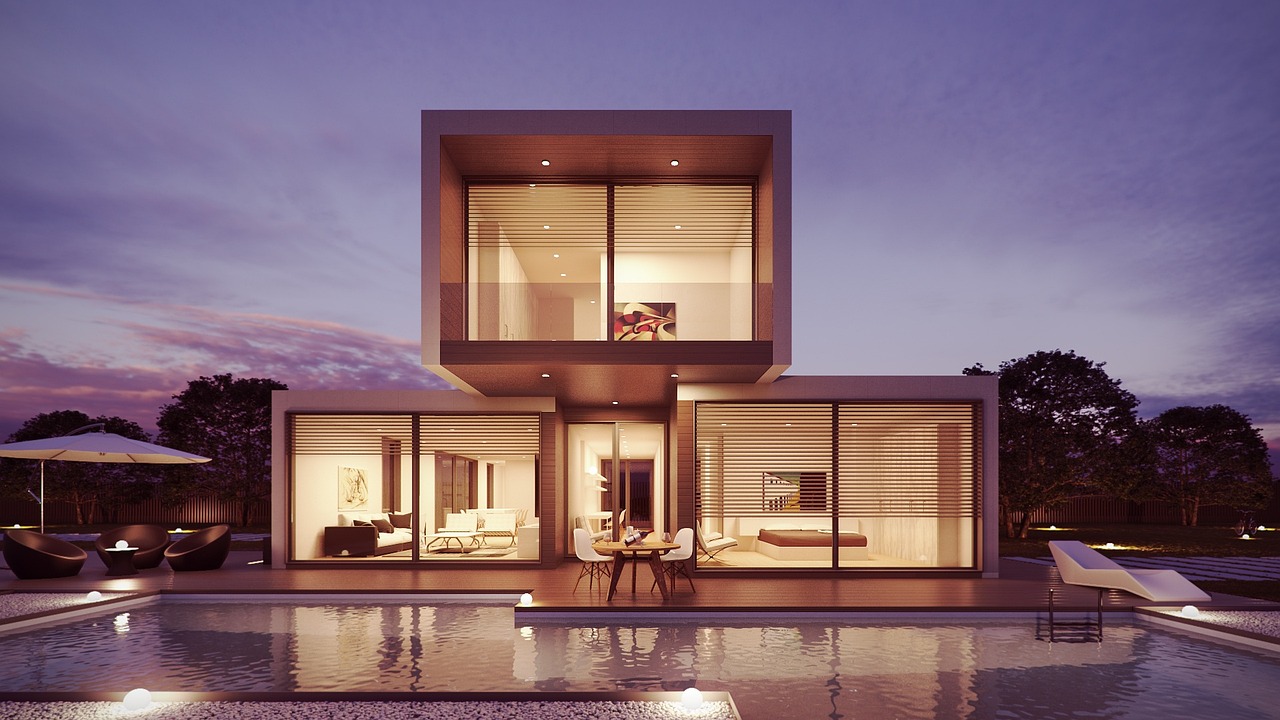
Minimalism has long been celebrated for its clean lines and uncluttered aesthetics, but in the world of branding and packaging design, it’s evolving into something even more enchanting: minimalist luxe, and this trend is captivating designers, printers, and packaging professionals alike, as it merges the simplicity of minimalism with the indulgent elements of luxury. At its core, minimalist luxe is about creating impact through restraint, and by incorporating high-end finishes, subtle textures, and premium materials, designers can create a balance between sophistication and simplicity. It’s like wearing a simple black dress made from the most luxurious fabric – understated but unmistakably expensive. We predict that minimalism with a luxurious touch will be more than a fleeting trend, as it truly reflects modern consumers’ desire for meaningful, high-quality experiences. This approach says “I have refined taste” without screaming it from the rooftops.
The Technology Integration Revolution
Technology is seamlessly integrating into minimalist designs, enhancing both functionality and aesthetics, with smart home integration including features like hidden charging stations, voice-controlled lighting, and automated systems that simplify daily life, and these technologies are discreetly incorporated into the design, maintaining a clean and uncluttered look. Smart home integration offers convenience and efficiency, allowing homeowners to control their environments with ease, and it also promotes energy efficiency, aligning with the sustainable values of minimalist design. It’s like having a invisible butler who anticipates your needs without cluttering your space with gadgets. Your lights dim automatically as the sun sets, your thermostat learns your schedule, and your phone charges wirelessly on a surface that looks like it’s just part of the furniture. As technology continues to evolve, smart home features are becoming an essential part of modern interiors. This isn’t about having the latest tech toys – it’s about technology that works behind the scenes to make your life simpler.
The Great Decluttering Movement
Interest in minimalism has seen a slight decrease since last year, with current minimalists being just 11% of U.S. adults, while intenders are 26%, although 52% of adults have done a big purge of items in the last year, with more than one-quarter planning to do so. People are taking on challenges like decluttering 2,023 things in 2023, and staying motivated is often the most challenging part of decluttering, but along with the decluttering chart, there are free online communities that provide amazing supportive decluttering communities. It’s like a fitness challenge, but instead of losing pounds you’re losing possessions that no longer serve you. Some people have created decluttering transformations by color coding family members on decluttering charts, with one 14-year-old daughter ticking off over 500 items and saying ‘Mum, now I know what you’ve been talking about. My room is so much calmer and it is much easier to keep clean’. The movement has become less about achieving some perfect minimalist aesthetic and more about creating functional, peaceful spaces that work for real life.
Minimalism’s Cultural Moment
The ongoing pandemic, with its stockpiling, supply chain uncertainty, and financial instability has had an impact on people’s attraction to minimalism, with those who are most concerned about being in public spaces and most concerned about the spread of the virus showing the greatest intent to become minimalists, and while minimalism is often a lifestyle choice, the data suggest that the experience of scarcity, or anticipation of it, naturally pushes consumers into a minimalist mindset. The impact COVID-19 had on home design shifted mindsets, with people being in their homes so much that the mindset shifted to really investing in our spaces, and even when people started traveling again and returning to the office, the idea of a comfortable home remained. The pandemic forced us to look at our homes differently – they weren’t just places to sleep and eat, but our offices, gyms, restaurants, and entertainment centers all rolled into one. What once was on-trend may now have become a necessity for those most impacted–emotionally and materially–by the pandemic. Sometimes crisis teaches us what we actually need versus what we think we want.
The Future of Less
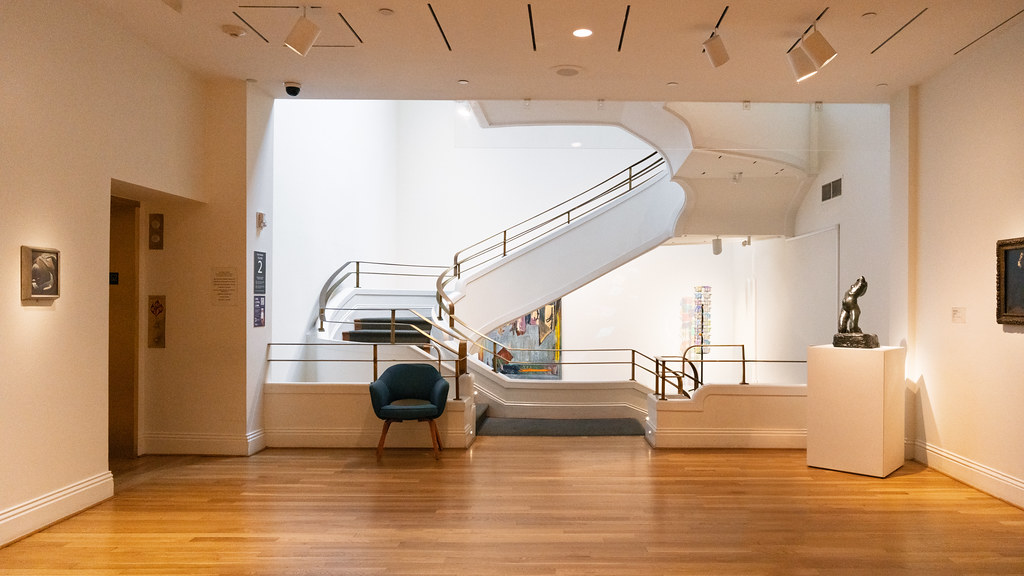
It makes a lot of sense that our collective appetite for minimalism may be growing, because when there’s a lot of uncertainty about the future, consumers generally gravitate towards transparency, simplicity and sustainability, and brands are, perhaps unsurprisingly, starting to respond to this desire for simplicity in the face of an unpredictable social and geopolitical environment. 2025 will elevate a new kind of minimalism: a hybrid aesthetic that pulls together the simplicity of classic design and infuses it with vibrant, modern colours, and unexpected typography or detailing, and as we increasingly value simplicity, sustainability, and intentional design, brands may find that minimalism – with a reimagined approach –meets these demands better than its outlandish cousin, maximalism, because it’s not that ‘less is more’ in 2025, it’s just that less is what most people need right now. Maximalism may have had its moment in the spotlight, but there’s no denying that minimalism in design is here to stay for the long haul, and designers agree that in 2025, minimalism will be warmer, more inviting, and more character-filled. Think of it as minimalism growing up – it’s learned to be flexible, personal, and human while keeping its core values intact.
What would you have guessed – that a movement about having less would actually become more?

A visionary in modern design, Nate Berkman is known for his ability to blend timeless elegance with personal storytelling. With years of experience in high-end interiors, his book Living with Style explores how to create meaningful spaces that reflect individuality.
